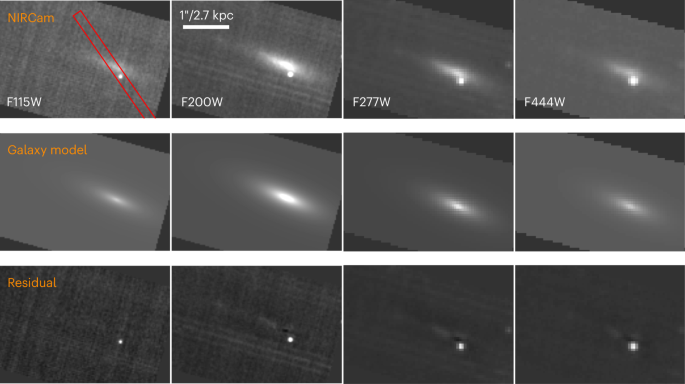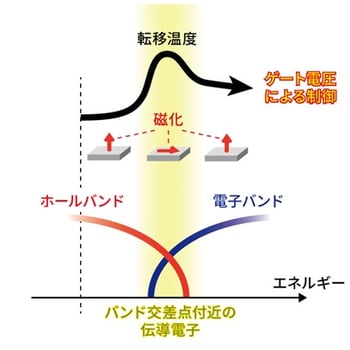2024-04-04 ノースウェスタン大学
<関連情報>
- https://news.northwestern.edu/stories/2024/04/stellar-collisions-produce-strange-zombie-like-survivors/
- https://iopscience.iop.org/article/10.3847/2041-8213/ad251f
- https://iopscience.iop.org/article/10.3847/1538-4357/acee75
原子核星団密度分布の衝突による形成 Collisional Shaping of Nuclear Star Cluster Density Profiles
Sanaea C. Rose and Morgan MacLeod
The Astrophysical Journal Letters Published:2024 February 22
DOI:10.3847/2041-8213/ad251f

Abstract
A supermassive black hole surrounded by a dense, nuclear star cluster resides at the center of many galaxies. In this dense environment, high-velocity collisions frequently occur between stars. About 10% of the stars within the Milky Way’s nuclear star cluster collide with other stars before evolving off the main sequence. Collisions preferentially affect tightly bound stars, which orbit most quickly and pass through regions of the highest stellar density. Over time, collisions therefore shape the bulk properties of the nuclear star cluster. We examine the effect of collisions on the cluster’s stellar density profile. We show that collisions produce a turning point in the density profile, which can be determined analytically. Varying the initial density profile and collision model, we characterize the evolution of the stellar density profile over 10 Gyr. We find that old, initially cuspy populations exhibit a break around 0.1 pc in their density profile, while shallow density profiles retain their initial shape outside of 0.01 pc. The initial density profile is always preserved outside of a few tenths of a parsec irrespective of initial conditions. We generalize this model to an arbitrary galactic nucleus and show that the location of the collisional break can be simply estimated from the nuclear properties. Lastly, we comment on the implications of collisions for the luminosity and color of stars in the collisionally shaped inner cluster.
銀河中心における恒星の衝突: 大質量星、衝突残骸、消えた赤色巨星 Stellar Collisions in the Galactic Center: Massive Stars, Collision Remnants, and Missing Red Giants
Sanaea C. Rose, Smadar Naoz, Re’em Sari, and Itai Linial
The Astrophysical Journal Published: 2023 September 14
DOI:10.3847/1538-4357/acee75

Abstract
Like most galaxies, the Milky Way harbors a supermassive black hole (SMBH) at its center, surrounded by a nuclear star cluster. In this dense star cluster, direct collisions can occur between stars before they evolve off the main sequence. Using a statistical approach, we characterize the outcomes of these stellar collisions within the inner parsec of the Galactic center (GC). Close to the SMBH, where the velocity dispersion is larger than the escape speed from a Sun-like star, collisions lead to mass loss. We find that the stellar population within 0.01 pc is halved within about a billion years because of destructive collisions. Additionally, we predict a diffuse population of peculiar low-mass stars in the GC. These stars have been divested of their outer layers in the inner 0.01 pc before migrating to larger distances from the SMBH. Between 0.01 and 0.1 pc from the SMBH, collisions can result in mergers. Our results suggest that repeated collisions between lower-mass stars can produce massive (≳10 M⊙) stars, and that there may be ∼100 of them residing in this region. We provide predictions on the number of so-called G objects, dust- and gas-enshrouded stellar objects, that may result from main-sequence stellar collisions. Lastly, we comment on uncertainties in our model and possible connections between stellar collisions and the missing red giants in the GC.



